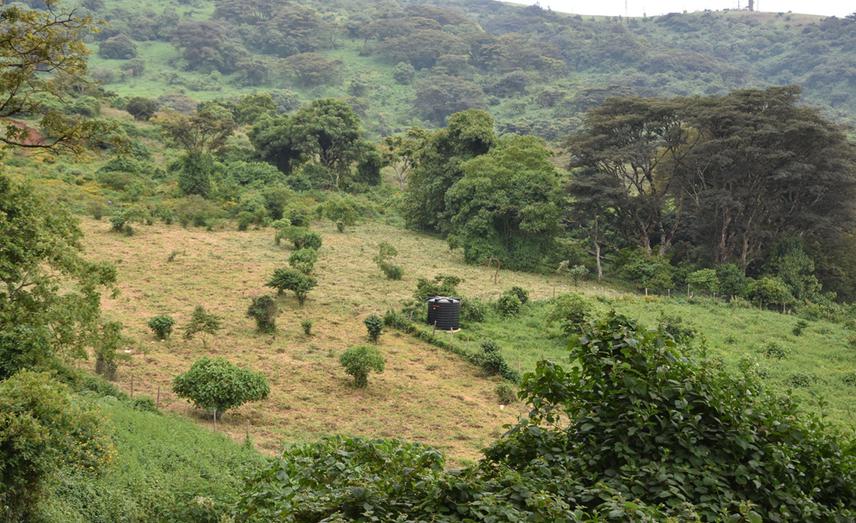Teresiah Muciku Mungai
Other projects
16 Oct 2024
Enhancing Biodiversity Conservation in Ngong Hills Forest: Empowering Local Communities Through Increased Awareness and Monitoring Efforts
Over the past few years, Ngong municipal has experienced remarkable development coupled with improvement in infrastructure. The population in the area has also increased tremendously with the advancement in social amenities. Today, the current increase in human settlement around the area counteracts the valuable efforts that have been put in place towards biodiversity conservation. This is attributed to the high demand for more agricultural land, wood products, and raw materials. These demands are causing the small areas of intact forest and woodlands to be continually under threat. As a result, majority of the threatened species hosted by this forest are on the brink of extinction.
The restoration of Ngong hills forest is driven by the desire to increase sustainability of ecosystems and their services and restoration is likely to have multiple goals. Such a change will increase resilience to damages on trees, contributing to a reduction in greenhouse gases (Holm, 2015) while providing solutions to reduce environmental deterioration. Therefore, it’s necessary that awareness and conservation of these threatened plants be done to sustainably meet the needs of current and future generations (Wall and Nielsen, 2012).

An image showcasing a designated segment of the Ngong Hills, where our proactive efforts have been channeled into tree planting endeavours and establishing the first community nursery in Ngong.
The reforestation approach aims to establish more than 4000 trees. The project will also work towards the
• The preservation and protection of forests, wildlife, and plant life.
• Environmental protection encourages sustainable development.
• Ecological regeneration and restoring degraded areas with indigenous and selected non-indigenous bio-diverse species. This will help reduce soil erosion and increase fertility in the region.
• Support for groups carrying out conservation and forestry initiatives.
• Raising awareness of the environmental issues throughout the country particularly nearby local populations. This will work towards improving environmental and social resilience to the impacts of climate change.
• Improved water infiltration, resulting in the recharging of ground water and a reduction in flash flooding.
• Protection of water catchments from environmental degradation, soil erosion, and susceptibility to flooding.
• Increased community awareness of environmental issues, and the ability to address those issues in a sustainable way.
• Implementing a “green school” model to increase children’s awareness and participation in environmental issues.